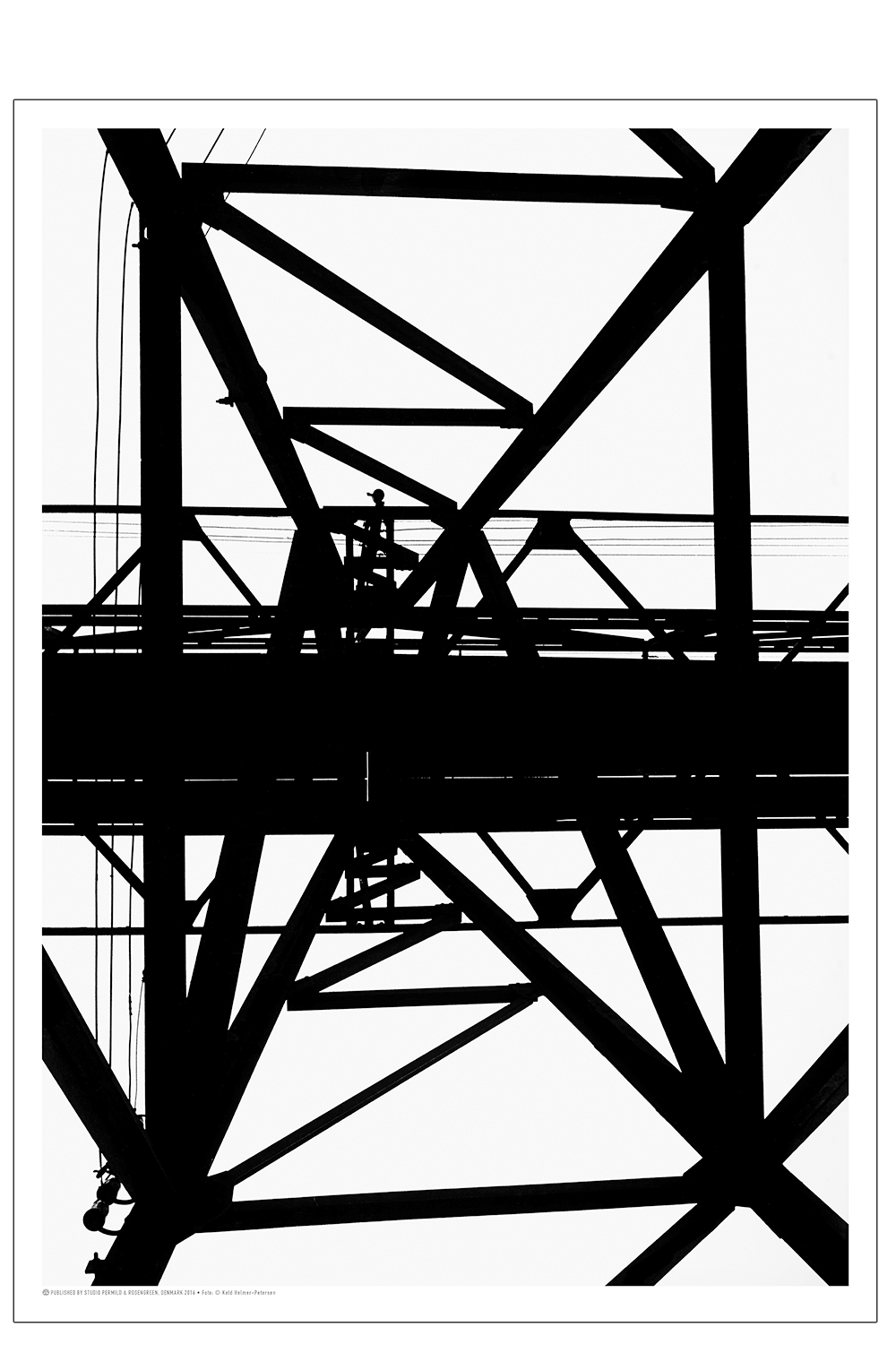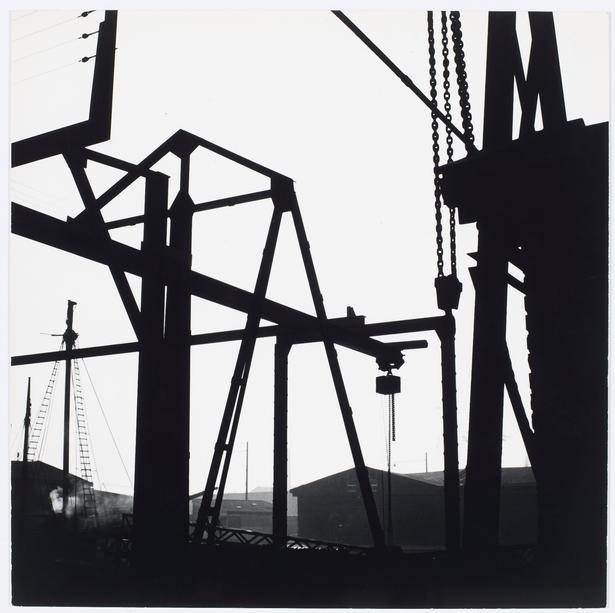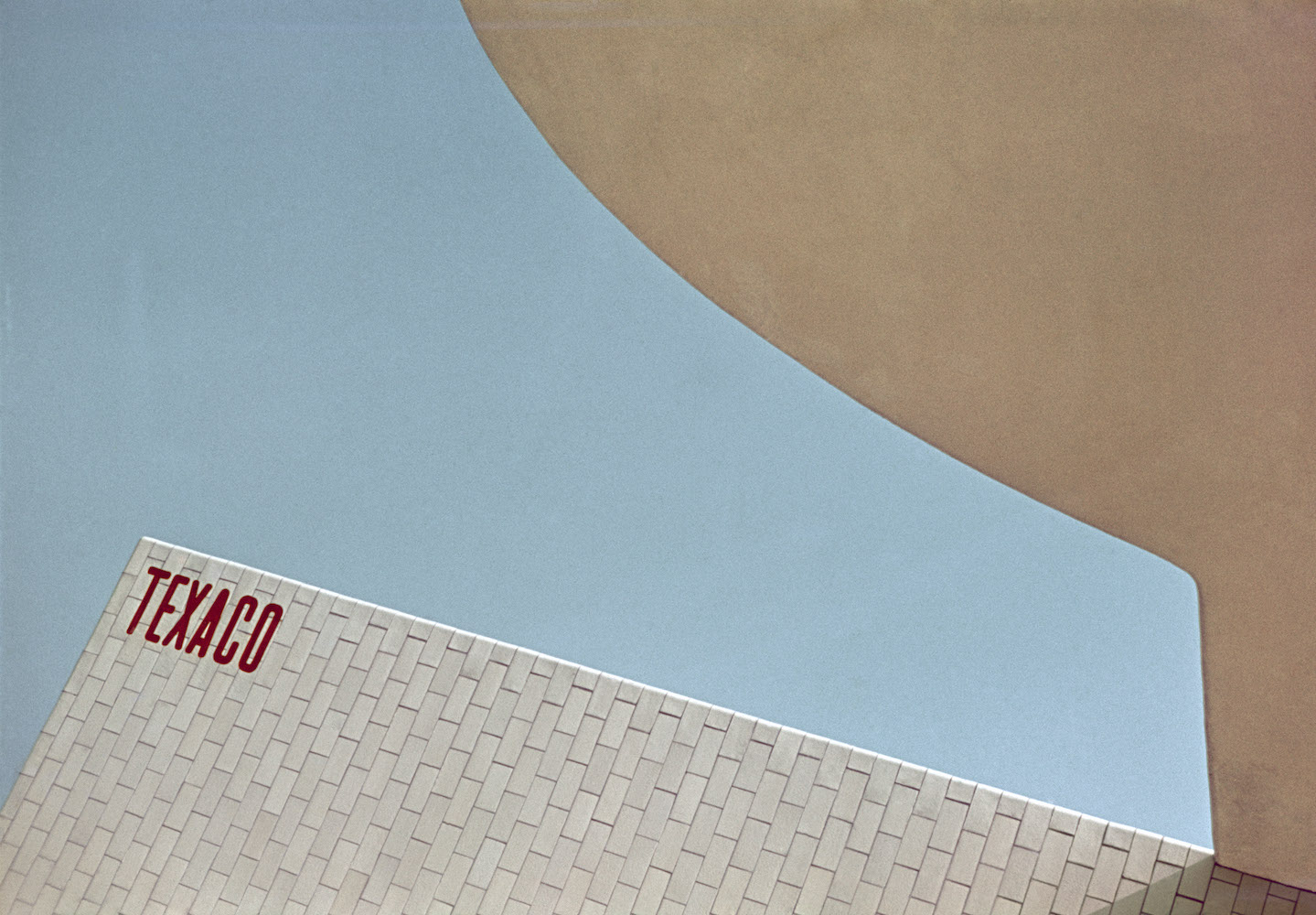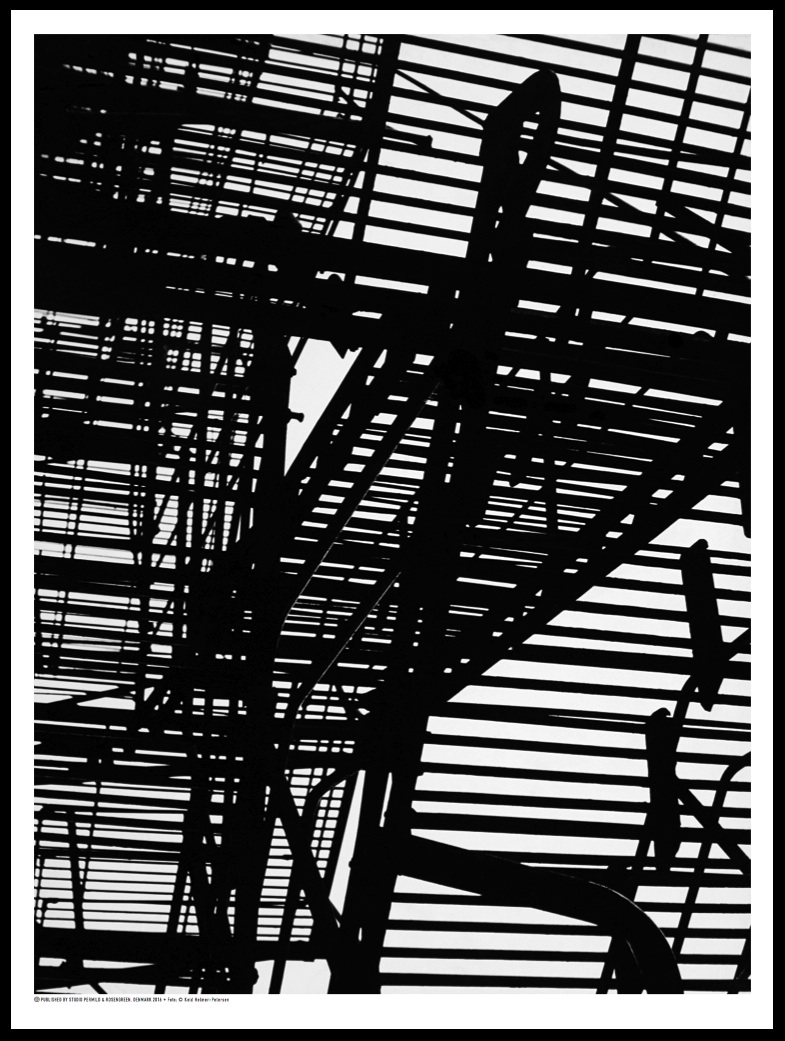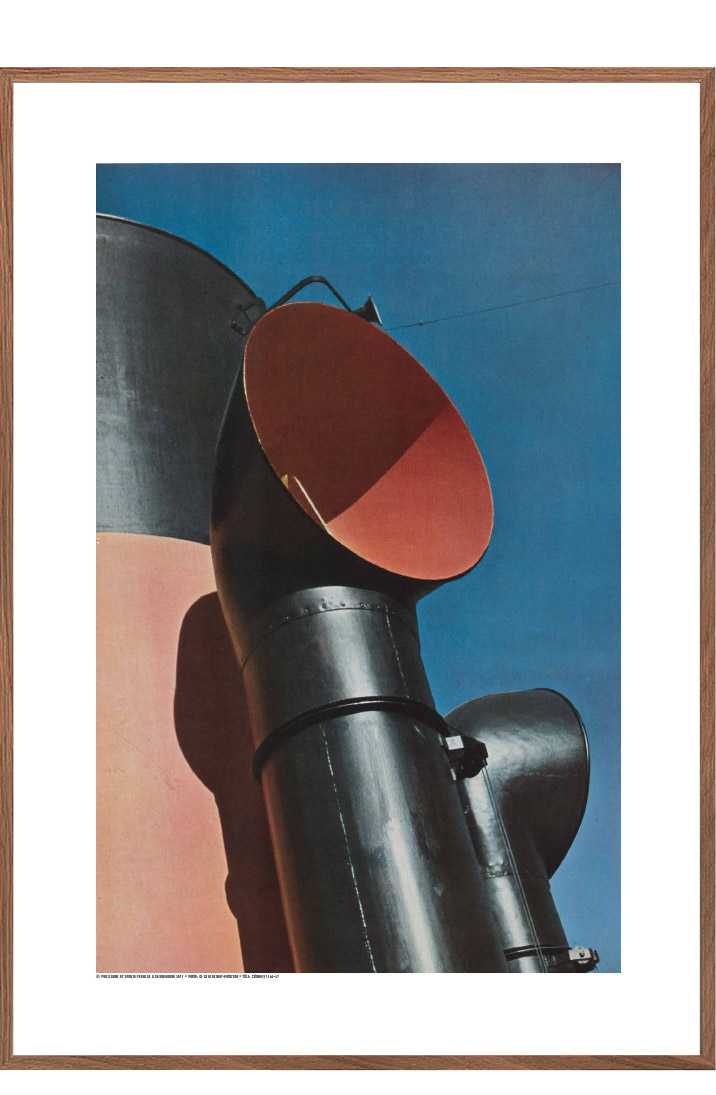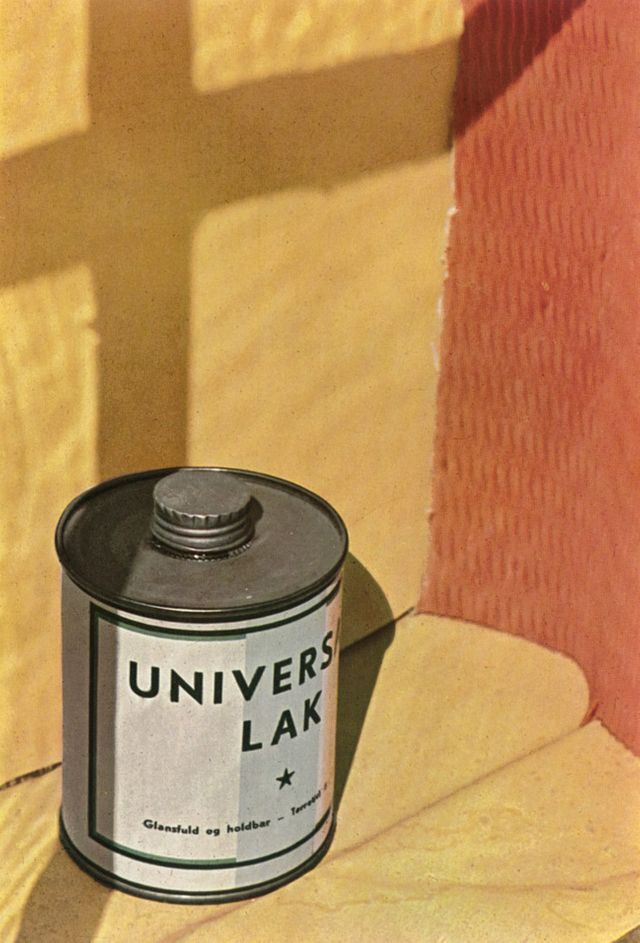Ernst Haas
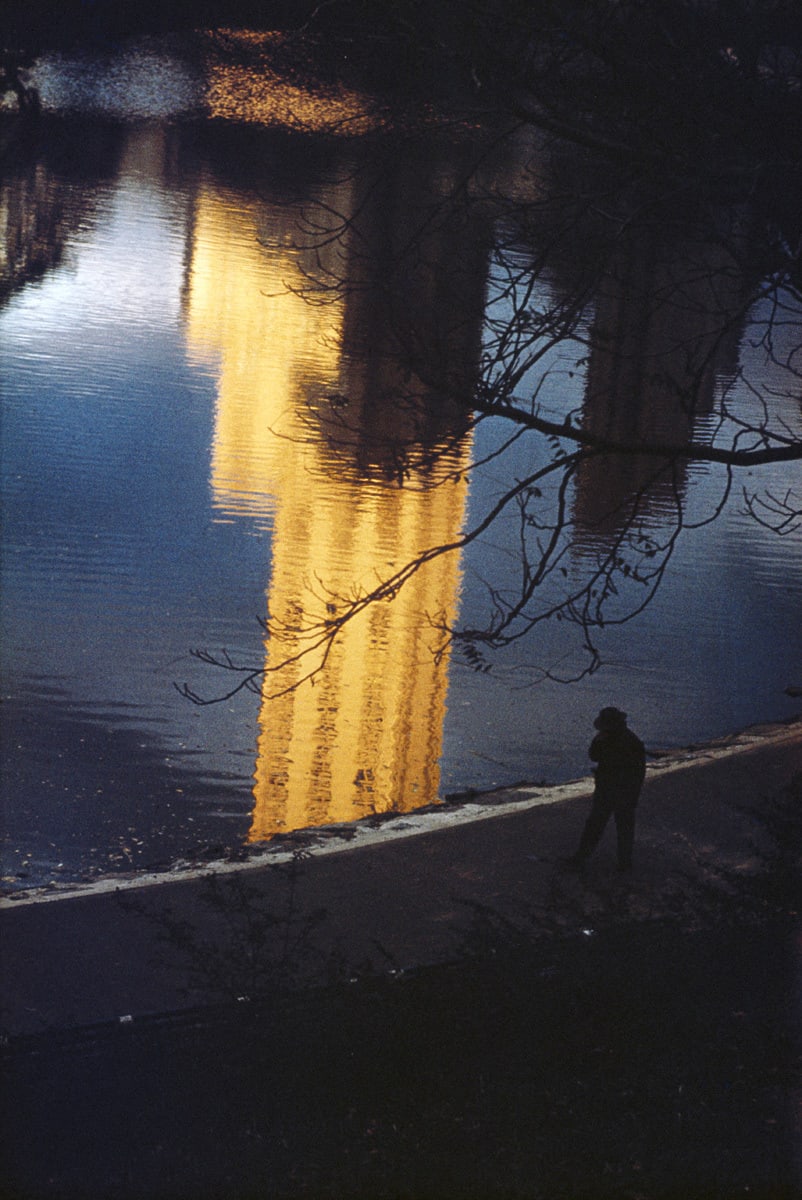


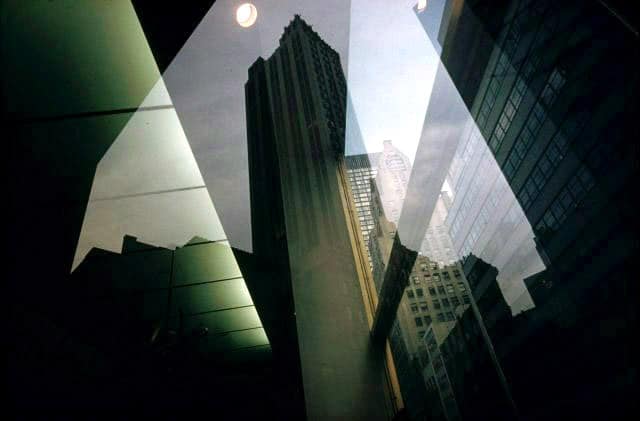



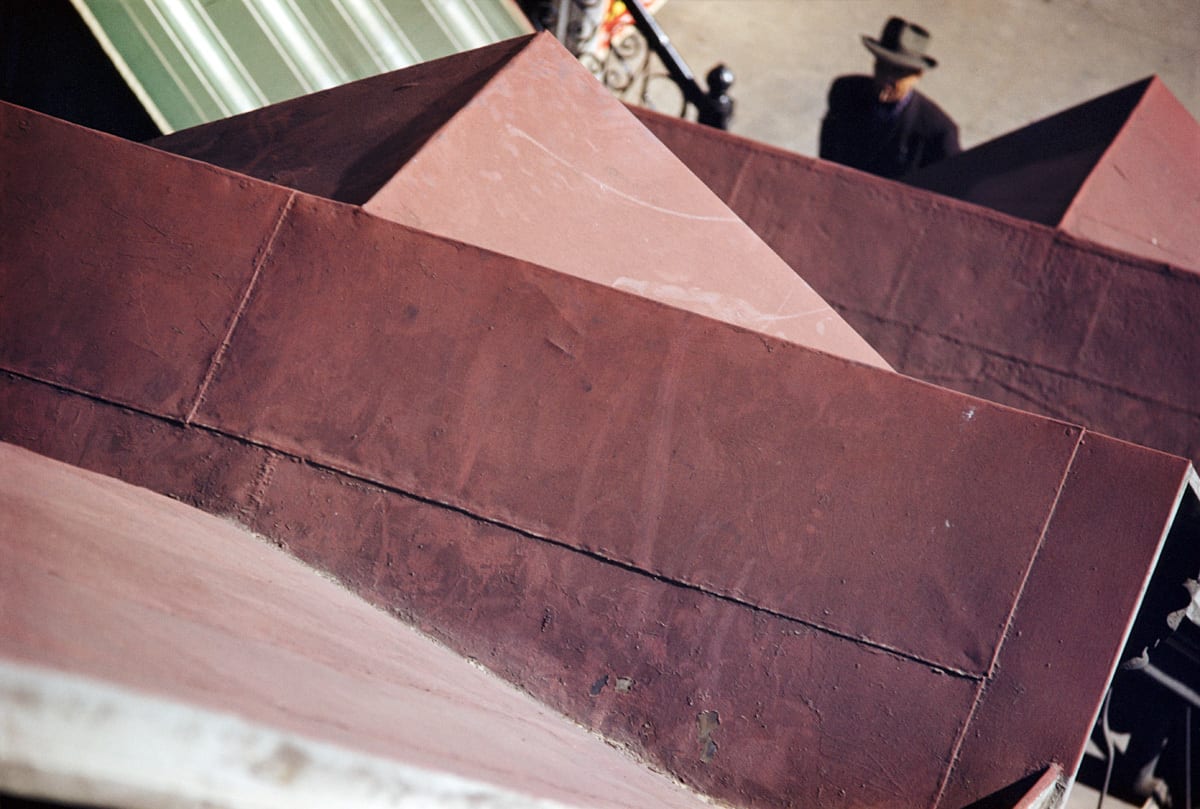


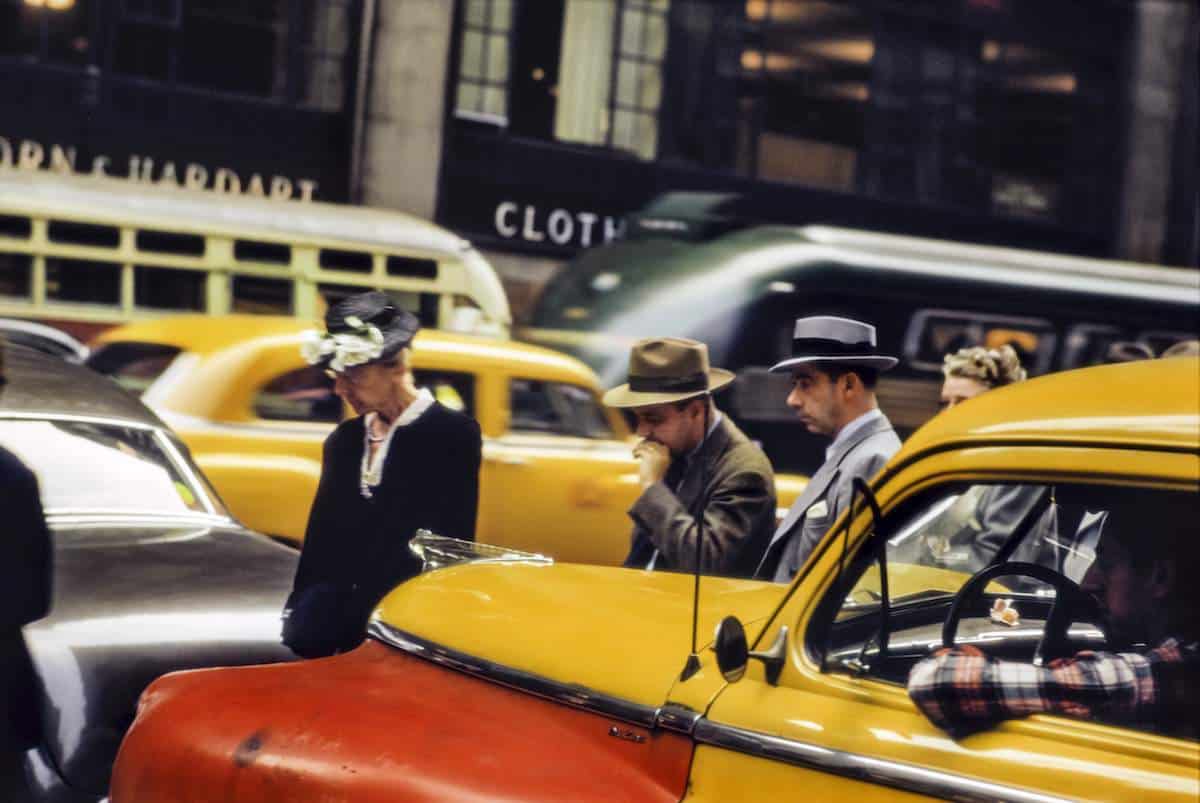

These 5 characteristics Define Haas’ Photography:
- Colors: In Haas’ photography, the main subjects of his photos possess distinct colors. Some with a big coverage of a single color, some bombarded with a wide range of colors. The colors create focal points so the audience’s eyes don’t wander around the image. The dynamic colors can communicate certain emotions to the audience. For instance, the third picture consists of many warm colors like yellow and orange, these colors settle the audience to sense a cozy, comfortable feeling.
- Balanced Composition: Haa’s compositions in each photo are equal and comfortable to look at, with no subject, color, or element taking over the image. Haas in many of his photos abides by standard photography composition rules such as the rule of thirds or centered subjects. You can see this in photos number three and five which Haas uses the rule of thirds. This makes his photos look familiar because they are similar to many standard photos that follow the standard photography rules. But many other of his photographs, he breaks the rules but still maintains the balance in his composition.
- Depth: In almost all of his photos, Haas includes subjects of far and close. This makes the photos look realistic because it resembles the experiences of the human eye which in everyday life, you will see things that are close and far at the same time. The depth of his photographs causes the audience to look at the subject that is closer, then look at the subject that is far away (sometimes starting with the farther subjects and landing on the closer subjects). This sequence adds a level of storytelling to the photographs. For example, in photo number two, your eyes will first land on the metal pole thing, then move to the white buildings in the background.
- Motion Blur: In many of Haas’ photographs, he utilizes a slow shutter speed to achieve a blur or mush on his subjects to create a sense of motion and dynamics. It also provides a unique experience to the audience because the blurriness is a different experience than the stillness that the human eye will see in everyday life. The seemingly moving subjects also create the illusion that the scene captured by the camera is happening right now.
- Spontaneity: Haas’ photographs are never staged because he is a street photographer. Because it isn’t staged, it makes his subjects feel “every day”, like something you would see on a casual Tuesday morning. And because Haas is able to capture everyday subjects in a way that is totally unique, it gives the audience a level of astonishment in seeing that normal subjects in their lives can be captured in ways they haven’t considered before.
Why Haas?
I chose Ernst Haas as my photographer because I have always been drawn to his street photography style, and how spontaneous it is. But despite its spontaneity, Haas has always managed to include story-telling and convey emotions through his photographs, and that is something I would like to recreate. Another reason is that my previous photographer was Keld Helmer-Petersen, whose works are very B&W and high contrast, which is very different from Ernst Haas. I want to add variety to my learning of photography and portfolio, so that’s why Ernst Haas appealed to me. Ernst Haas relates to my vision because his photographs communicate a variety of emotions, and manages to imply sequences in his subjects, which matches my vision of trying to convey emotions and story-telling.
“I am not interested in shooting new things – I am interested to see things new.”
I chose this quote by Ernst Haas because it shows his approach and attitude towards photography. He says that he is not interested in shooting new things, which means that he believes that ordinary, everyday subjects can be made more interesting compared to some unorthodox, exotic object that is only interesting for a moment until your eyes get used to it. Haas expresses that he wants to see things new, which means that his approach to his subjects is to capture them in a way that normal people haven’t seen before in their day-to-day lives. This quote is very helpful for me because it gives me perspective as to how a master like Ernst Haas approaches his work, it helps me critique my own photography process when I’m trying to emulate him.
Analysing Haas

•Why did you choose this image in particular?
I chose this photograph because this is the most “obviously abstract” photograph of Haas that I’ve seen so far. It features a roof-like structure which is difficult to identify due to the way Haas took this photo. I like this photo because of the varied tonality of the color red. The varied red color makes the photo interesting and dynamic, while also accentuating shapes and lines that also make the photo interesting. The combination of colors also looks very good, with the combination of red, green, white, black, and grey, a very comfortable color palette to look at.
What I find most surprising about this photo is the feeling of sequence you get from looking at this photo. Your eyes are first caught by the texture of the top layer of the red roof, then your eyes are guided to go down level by level like you are walking down some stairs. Then finally, your eyes land on the man, but your eyes are then guided back to the top of the roof by the direction the man is looking at. This sequence creates a cycle that makes your eyes navigate through the photo with clear directions instead of just wandering around. The photo gives you distinct focal points to rest your eyes on, while also suggesting your eyes to go somewhere else that’s also interesting. This really amazed me.
One of the important variables of this photo is value/tone. Notice how the sunlight sprinkles over the roof structure. due to the roof structure’s dynamic shape, it creates many bright and shadowed areas. This brings out many shades of red, some light and some dark. This contrasting tonality is what gives birth to the other elements of this photo. For example, the contrasting tonality really helps accentuate many rigid shapes such as rectangles and triangles that make the photo look interesting. The contrasting tonality also brings out guiding lines, which its effect is discussed in the previous paragraph.
I think Haas is abstract because of his clever and masterful use of abstract photography elements despite being a street photographer. Unlike conventional abstract photographers like Aaron Siskind or Uta Barth who manipulate their elements to diminish the connection between their subjects to the real world. Haas uses the same abstract elements as them but still captures the real world in a sense that is apparent to the audience. But at the same time, he presents the real world from unique perspectives, in ways you haven’t considered before. An example, when he is photographing cars, you can tell that he is photographing cars, but he uses abstract elements such as blurring to make the cars have motion blur, which makes the photograph look interesting.
What I like about the style of Haas is the story-telling aspect. In his photographs, there is always a perceivable sequence or a strong emotion that suggests a story. Like in the first photo, the man seems to be a bit melancholy, it feels like he’s just been through something and decided to wander around in Central Park to straighten his thoughts. Another thing I like about Haas’ style is his bold use of color, colors are a really powerful emotion-conveying tool. The use of different combinations of colors, the use of vibrant colors, the use of warm colors, the use of cool colors, the use of only a single color, the use of a bombardment of colors. Using the first photo as an example again, the photograph features dark and cool colors like black, grey, and blue. Creating a calm, melancholy feel.
I will try to use bold colors to try to communicate certain emotions or create a certain mood or atmosphere. Like Haas, who uses colors to capture the different scenes of New York City. I also will emulate his storytelling, trying to capture things that will make the audience imagine what’s not in the photo or what is going to happen. Lastly, I will use slow shutter speed to create motion blur, a thing that Haas does commonly and is what he is famous for. I will use motion blur to capture moving subjects like cars to create a sense of movement, which really captures the quintessential street photography experience.
Vision:
To use colors and composition, to capture the beauty of everyday subjects and use them to convey emotions that will connect with the audience. I will try to emulate the style of Ernst Haas, more specifically his colored photographs of New York. In the photographs that I will take in Pinnacle Plaza, I will try to embody the spontaneity of street photography and the experimental and conceptual aspects of abstract photography. By utilizing mainly colors and balanced phraming.












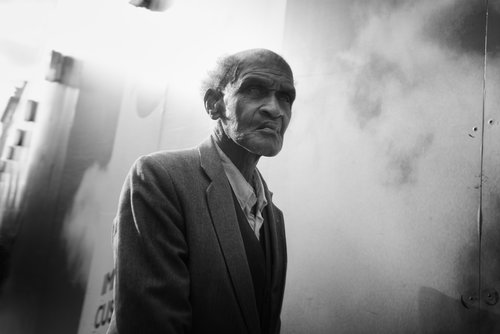
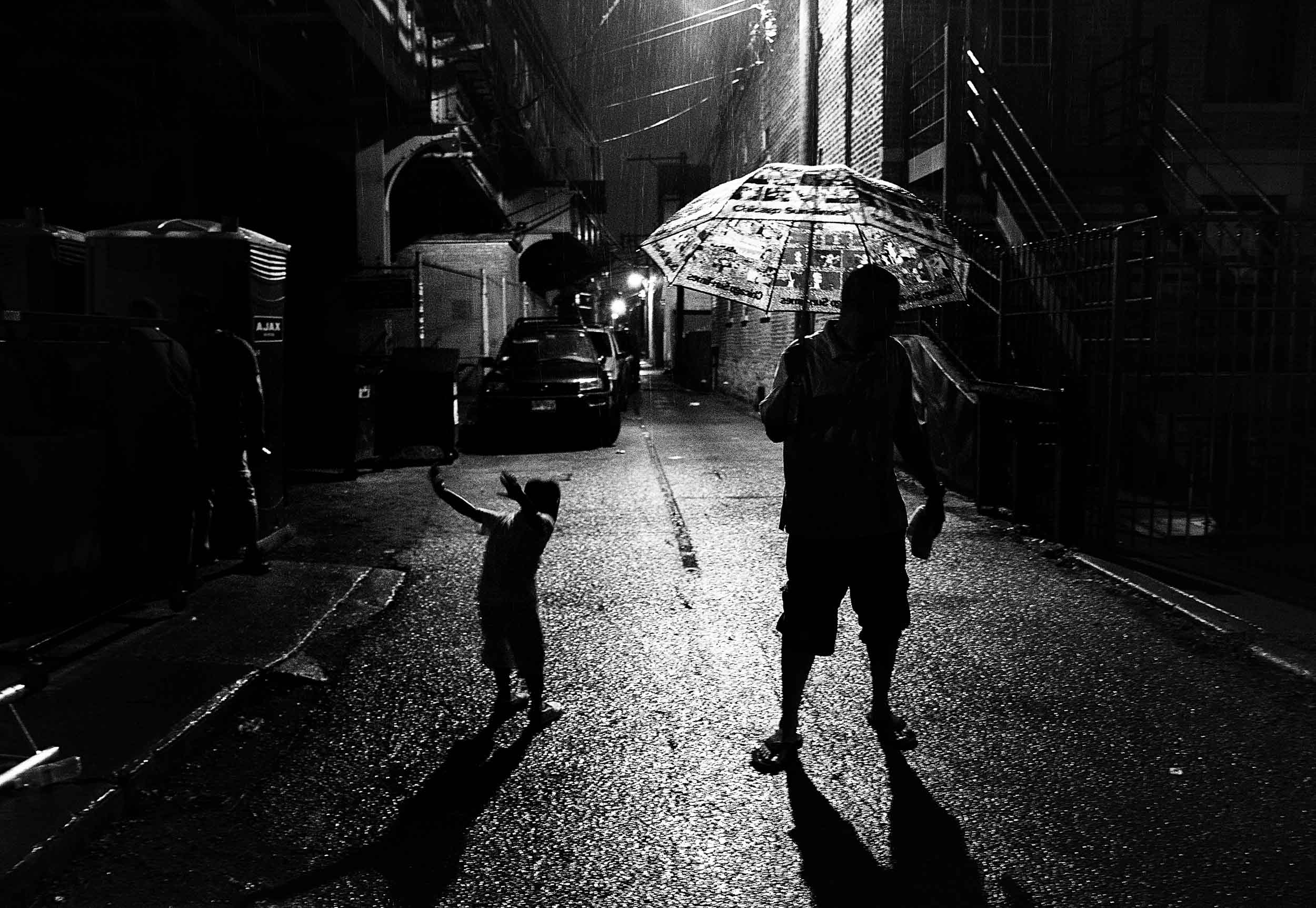
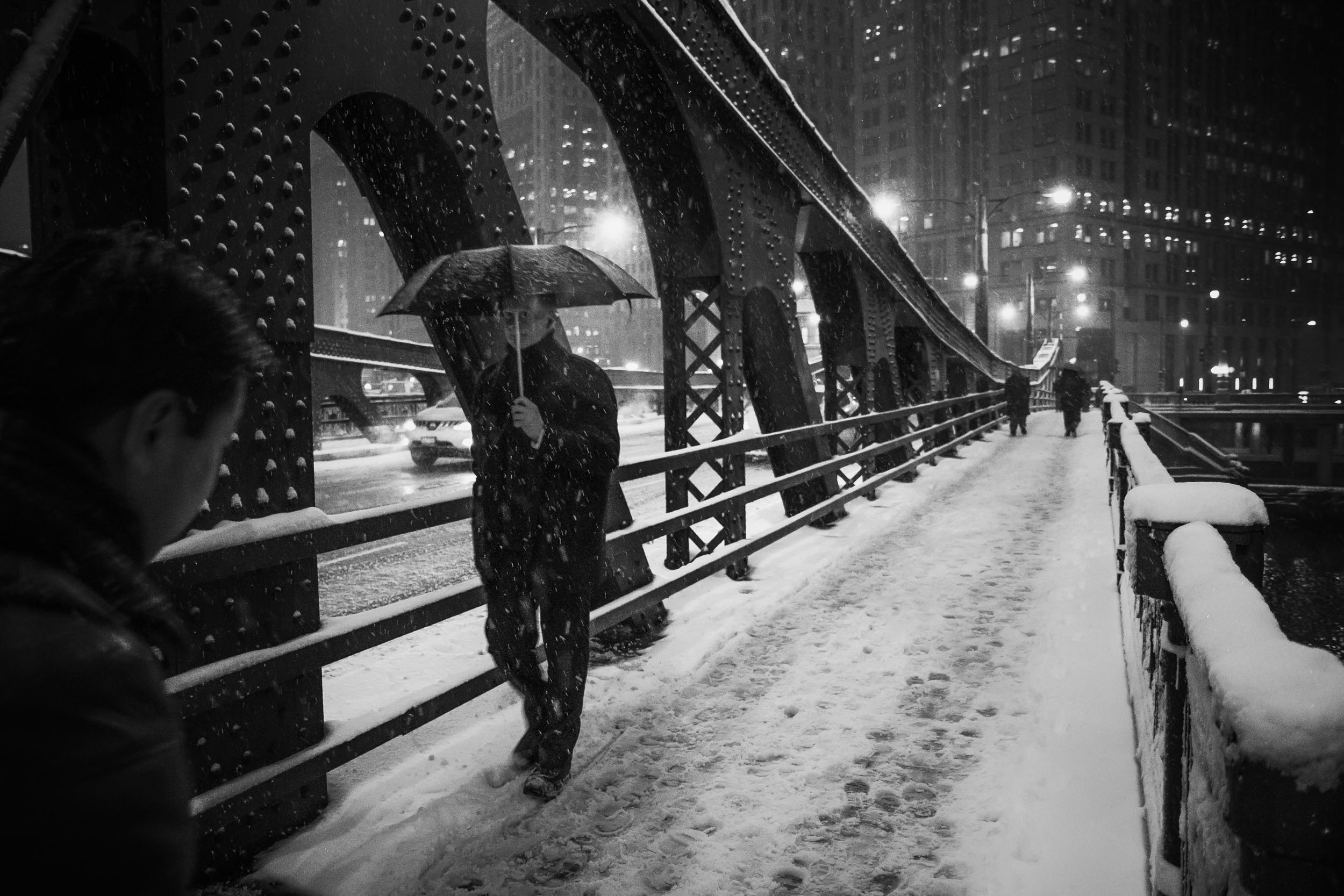
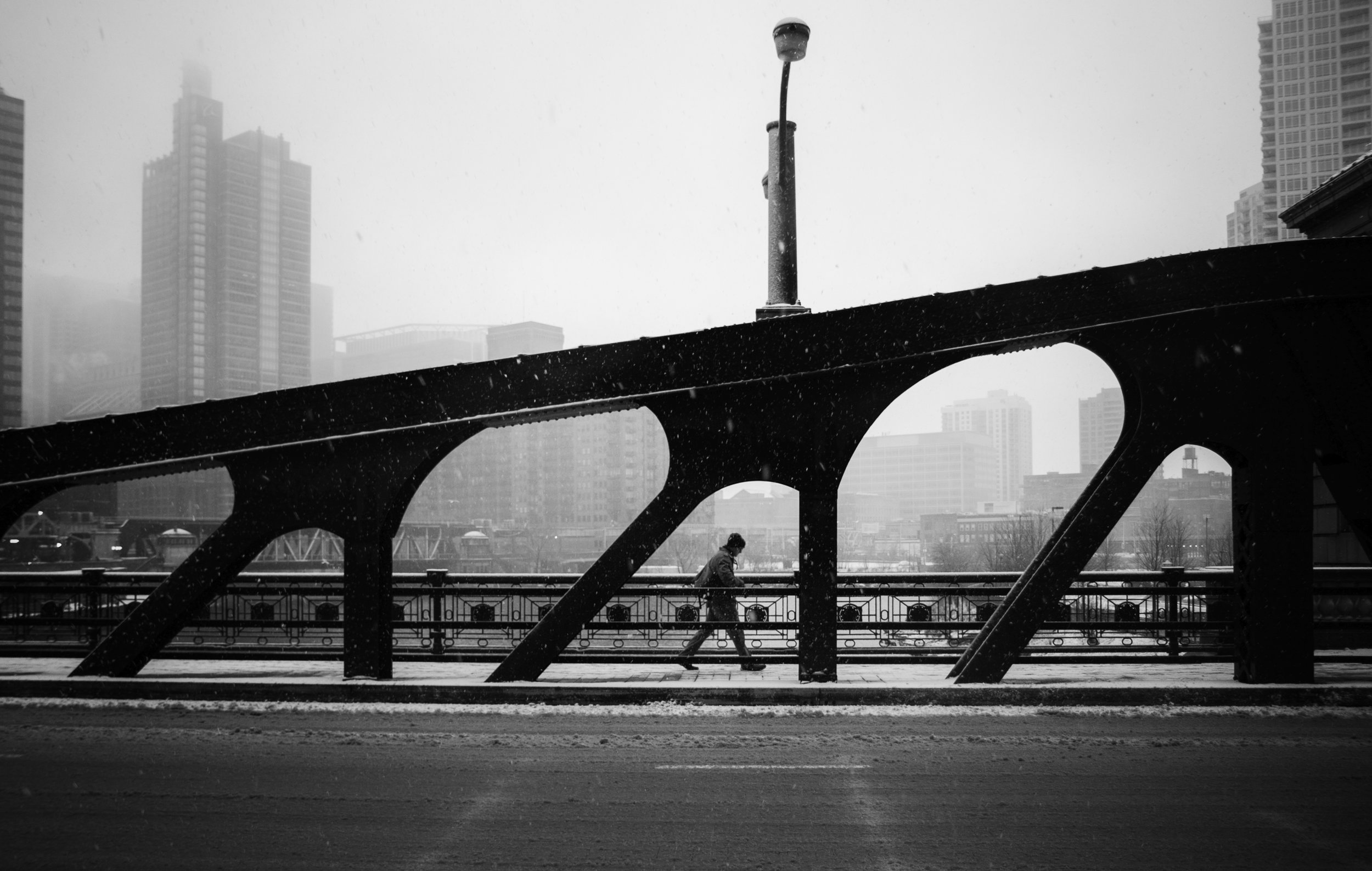
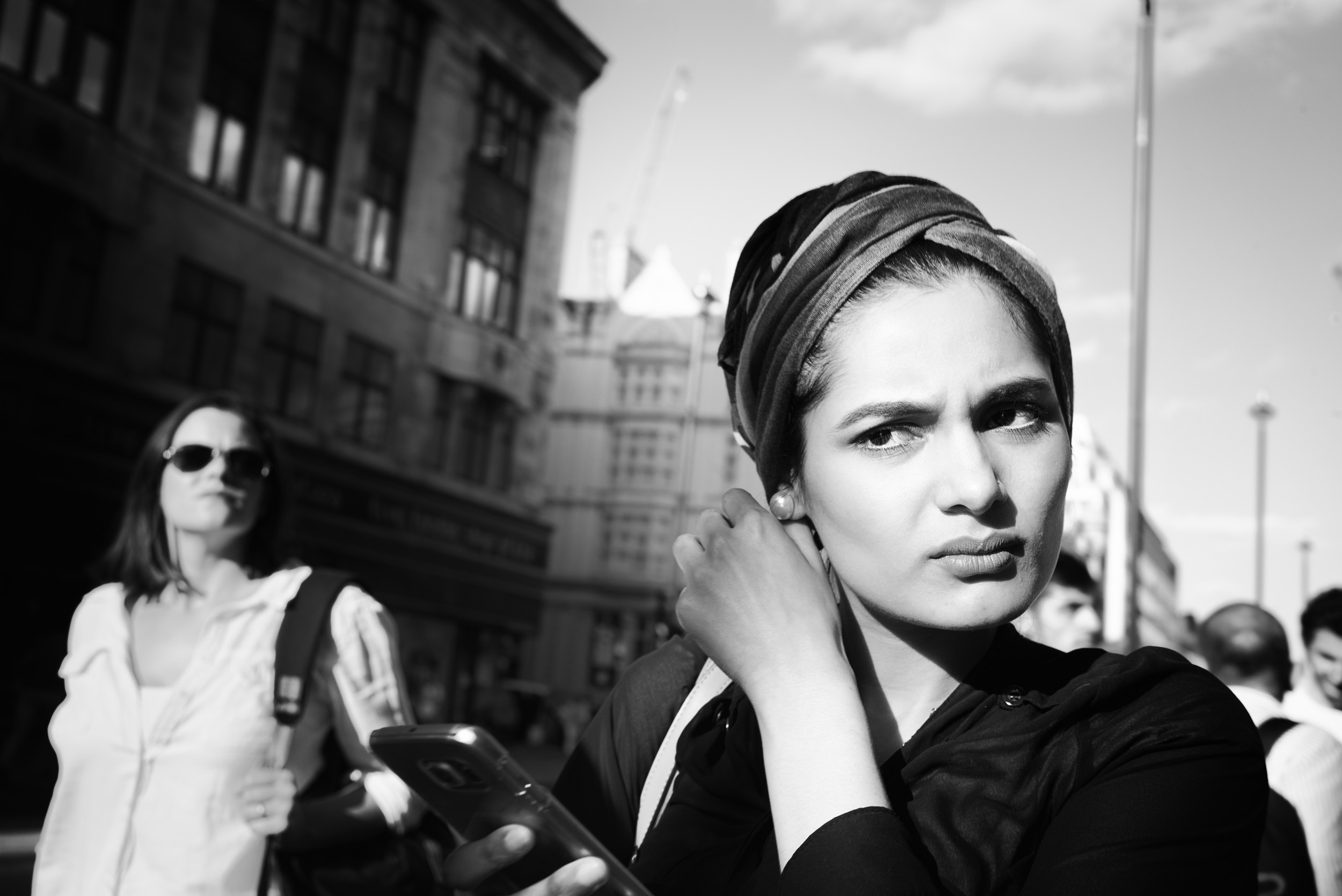
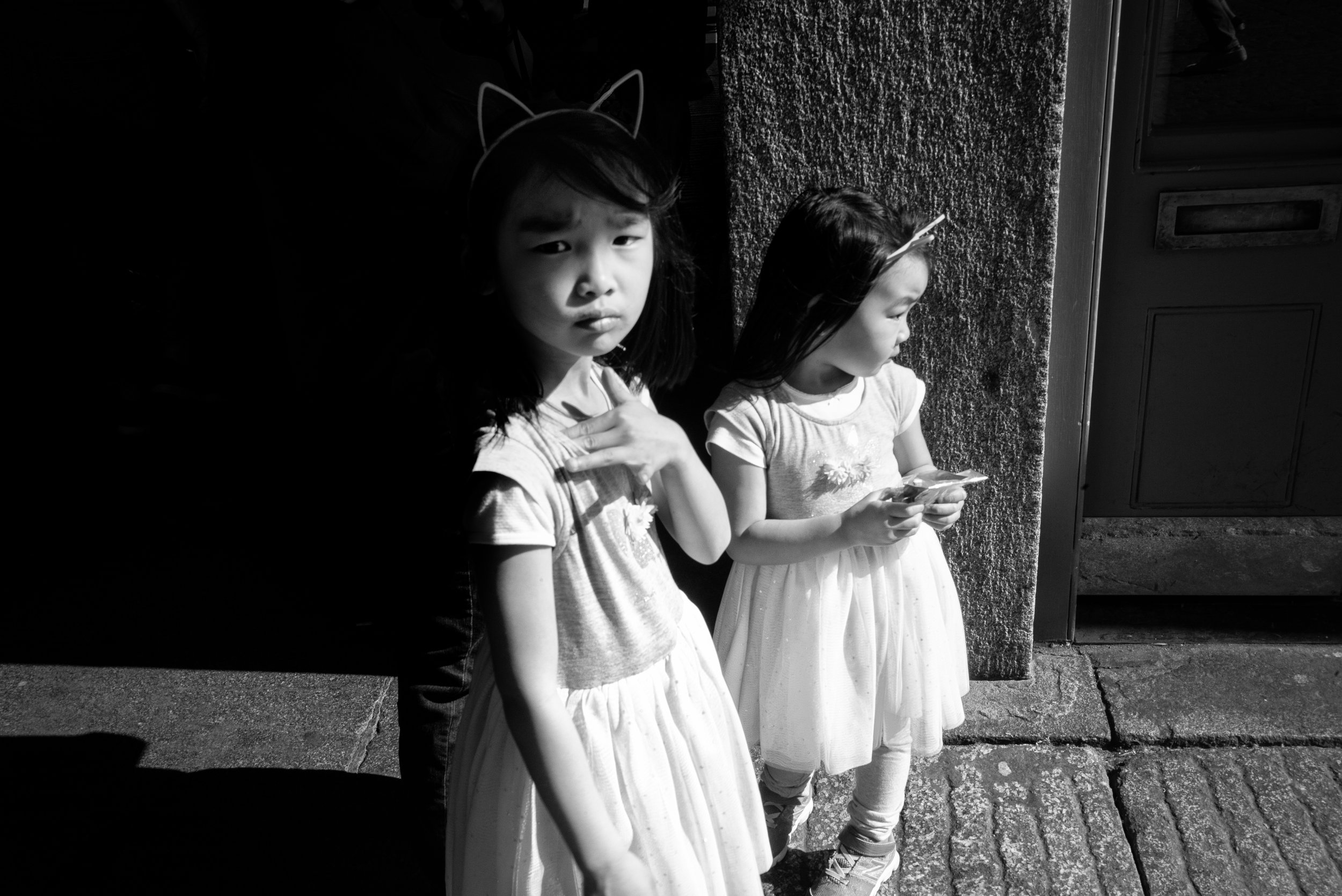


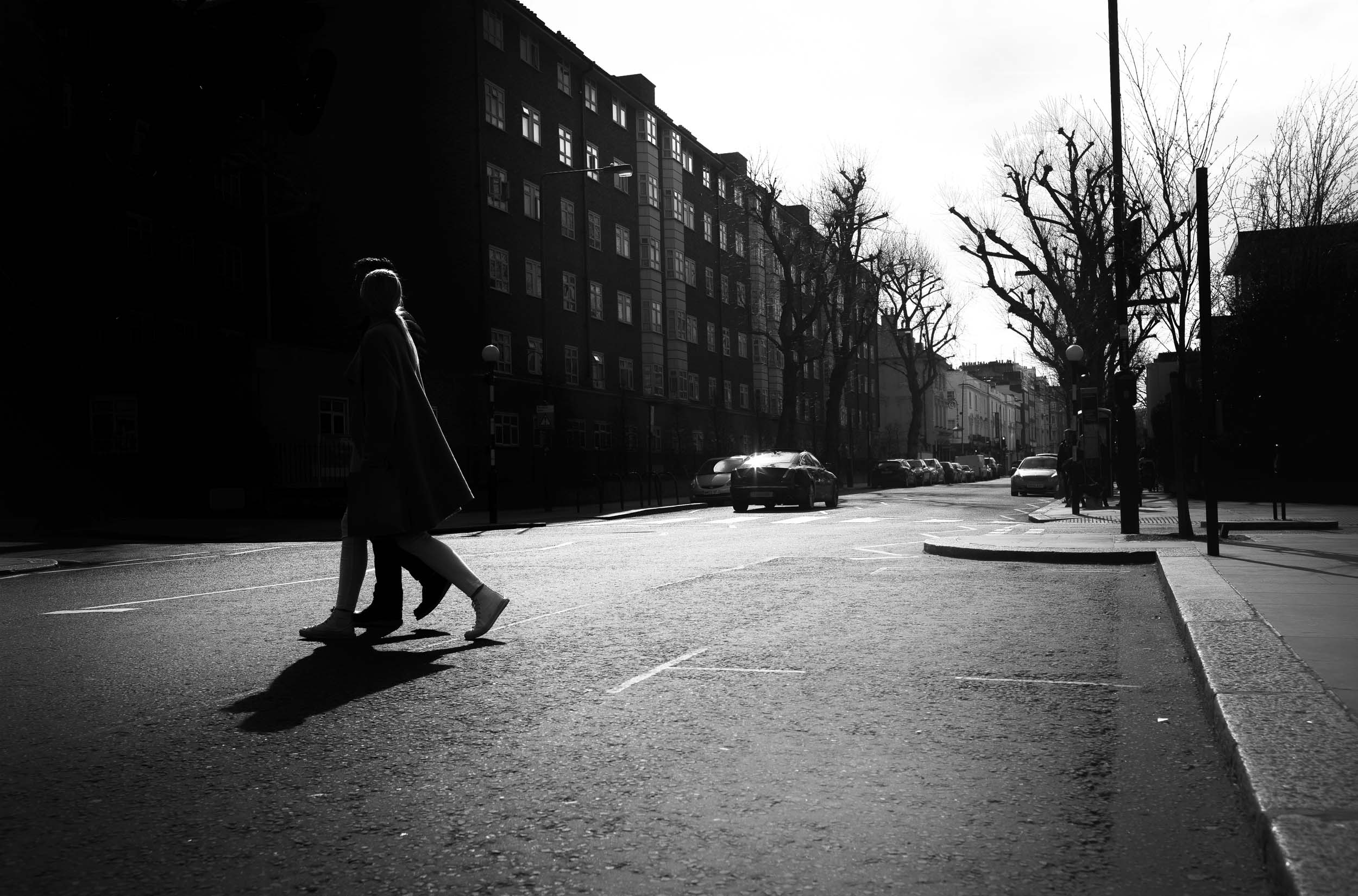
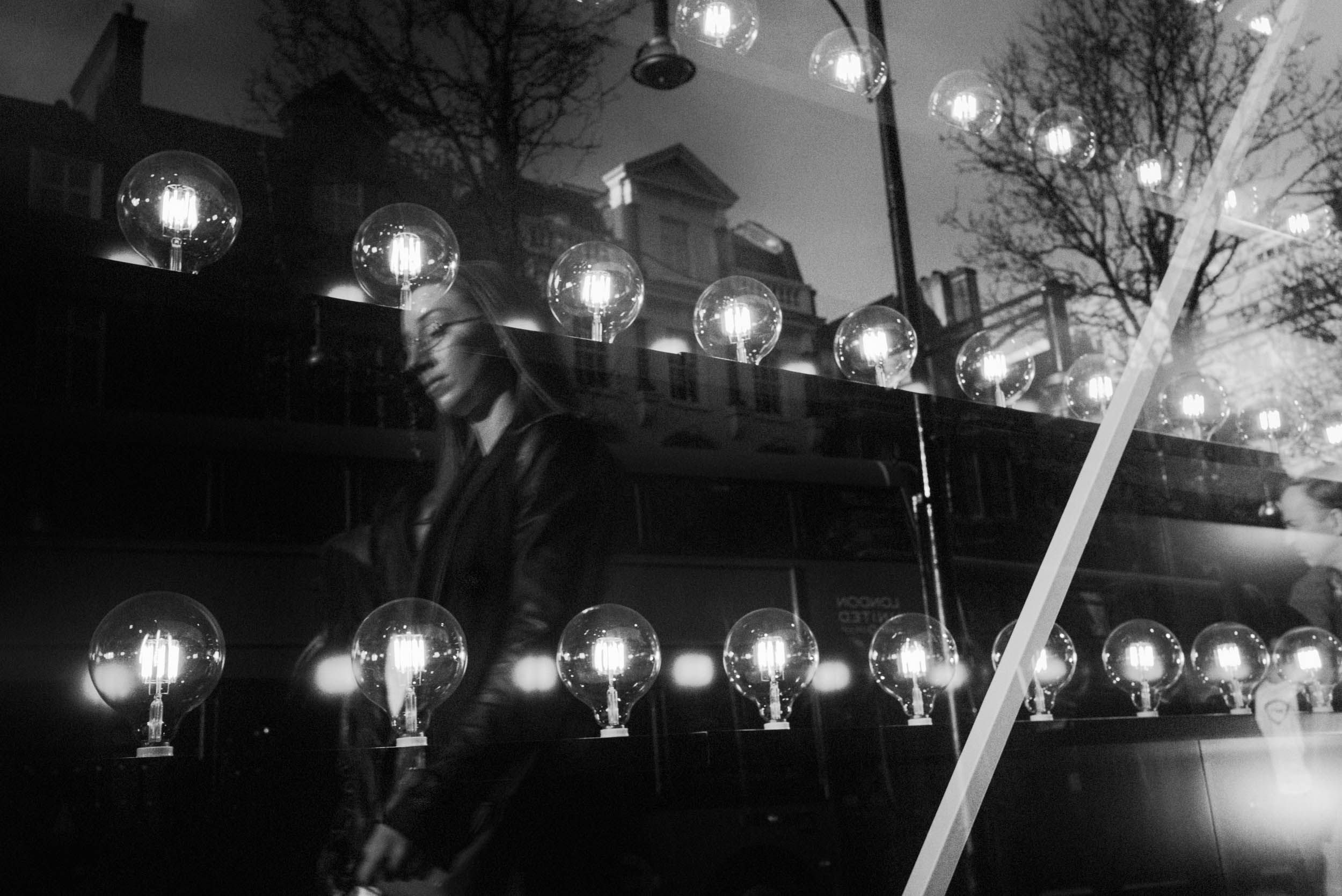























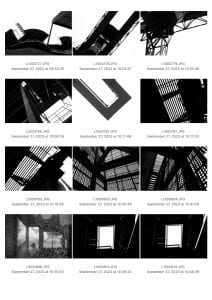




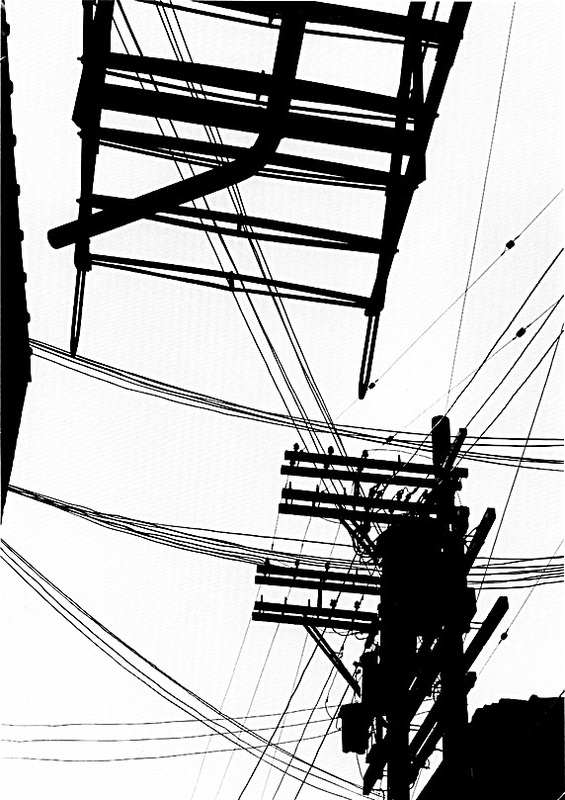 ç
ç